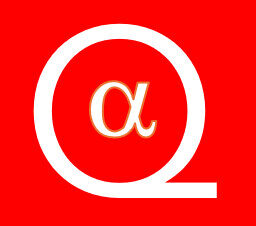This video provides an in-depth guide to understanding and using candlestick patterns for successful trading.
Key topics covered include:
- Candlestick Basics [01:46]: The video starts with a quick recap of how to read candlesticks, including identifying bullish (green) and bearish (red) candles, the candle body, wicks, opening and closing prices, and the significance of wick ends for high and low price points. Candlesticks are presented as leading indicators that provide insights into market buying and selling activity, aiding in directional bias.
- Effective Use of Candlestick Patterns [02:56]: It’s emphasized that candlestick patterns should not be used in isolation for trade entries. Instead, combining them with key levels and areas of confluence is recommended to increase trade quality and success rates.
- Specific Candlestick Patterns [03:20]: The video details several effective and frequently occurring candlestick patterns, explaining the price action psychology behind each:
- Long Wick Candle [03:58]: A candle where the wick extends in the same direction as the trend, indicating a failed price push by buyers or sellers.
- Multiple Long Wick Candles [06:01]: Several long wick candles clustered together, showing repeated failed attempts to breach a level, confirming its strength.
- Inverted Long Wick Candle [07:29]: Similar to a long wick, but the wick points opposite to the trend direction, indicating immediate strong opposing market presence.
- Inside Bar Candle [08:54]: A candle whose high and low are contained within the previous candle’s range, signaling a loss of momentum.
- Consecutive Shrinking Candles [10:57]: Candles that progressively decrease in size, showing a loss of momentum in the current trend.
Candles Increasing in Size [12:40]: Consecutive candles that get larger, confirming a strong gain of momentum in the new direction. - Candle Color Change [14:03]: A series of candles of one color followed by an opposing color, indicating a shift in momentum.
Momentum Candle [15:40]: A candle with a much larger body than the previous one, representing a heavy gain of momentum. - Trading with Candlesticks and Entry Methods [17:22]: The video demonstrates various trade entry methods, distinguishing between trend trades and reversal trades in uptrends and downtrends, and introducing the concept of reversal continuation trades.
- Multi-Time Frame Analysis [24:44]: A significant portion is dedicated to explaining how using multiple time frames can provide earlier and more advantageous entry points compared to relying solely on higher time frames. This allows for capturing larger portions of a move and increasing profit potential.
- False Candles and False Reversals [33:45]: The video highlights the concept of “false reversals” or “fake-outs,” where amateur traders are trapped by premature entries based solely on candlestick patterns without waiting for trend change confirmation. It explains how to avoid these traps by looking for actual reversal signals on lower time frames.
- Imperfect Trades and Trading Zones [40:59]: The concept of “imperfect trades” is introduced, where multiple key levels are close together, forming a “zone.” Instead of focusing on individual levels, traders are advised to treat these zones as general areas for candlestick patterns to form, followed by trend change confirmation. An example using Bitcoin’s market dip is provided to illustrate this concept [47:54].The video continually emphasizes the importance of combining candlestick patterns with other analytical tools, such as key support/resistance levels, trend lines, and multi-time frame analysis, to confirm trend changes and secure higher-quality trade entries. It also mentions a highly detailed “candlestick patterns trading guide” available on their website for a more comprehensive understanding of advanced concepts, including trade entry/exit strategies, profit targets, and risk management [50:41].
